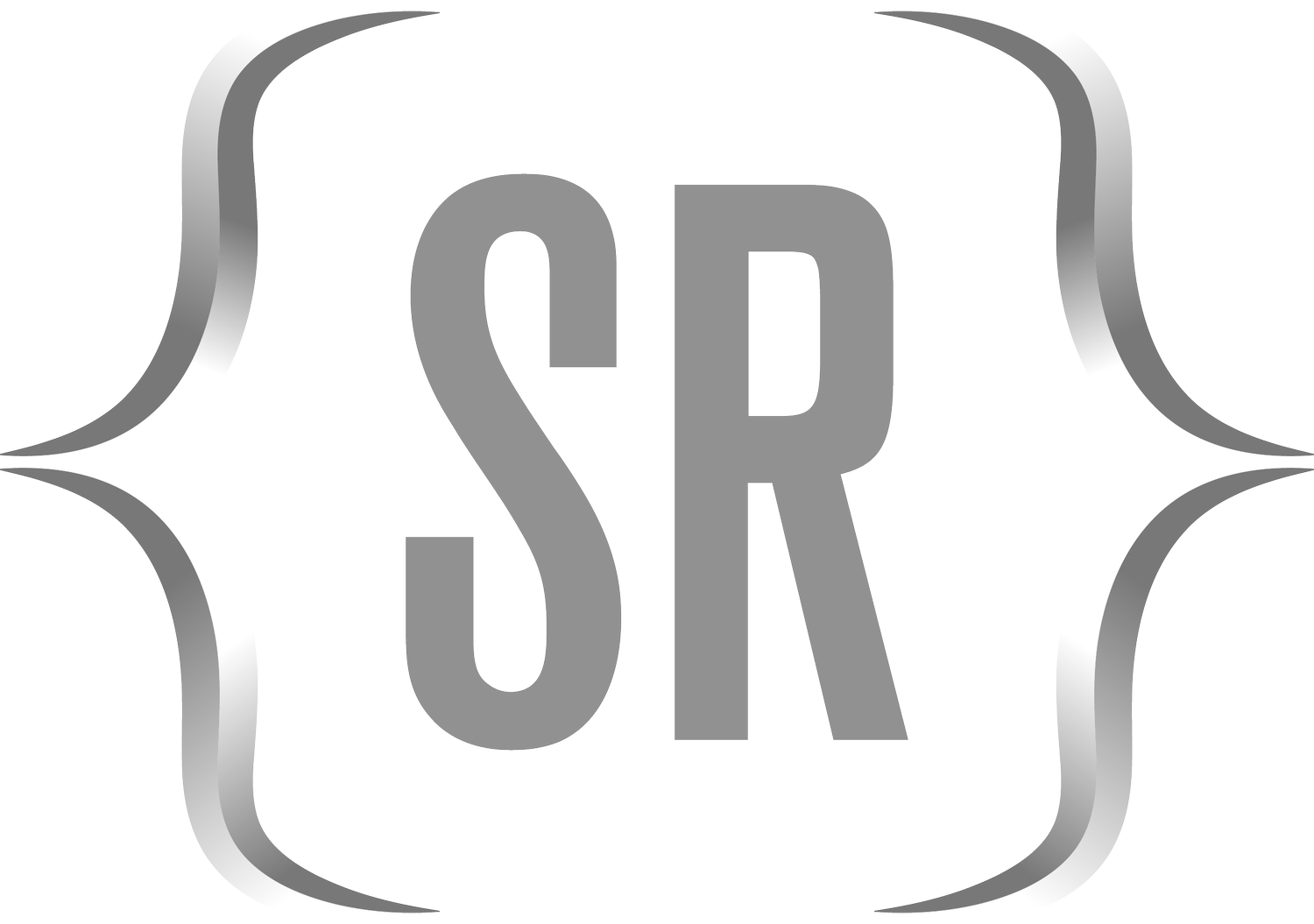The “theme_set” Function in R
Package: ggplot2
Purpose: To set the default theme for ggplot2 plots for the current session.
General Class: Data Visualization
Required Argument(s):
theme: The theme object to set as the default.
Notable Optional Arguments:
No notable optional arguments for this function.
Example (with Explanation):
# Load necessary packages
library(ggplot2)
# Plot with the system default theme
ggplot(mtcars, aes(x = mpg, y = disp)) +
geom_point() +
labs(title = "Scatter Plot with Default Theme")
# Create a custom dark mode theme
Dark_Mode <- theme_dark() +
theme(plot.background = element_rect(fill = "black"),
panel.background = element_rect(fill = "black"),
axis.text = element_text(color = "white"),
axis.title = element_text(color = "white"),
plot.title = element_text(color = "white"))
# Set the custom theme as the default theme
theme_set(Dark_Mode)
# Plot with the new dark default theme, added color = "white"
ggplot(mtcars, aes(x = mpg, y = disp)) +
geom_point(color = "white") +
labs(title = "Scatter Plot with Dark Theme")
# Reset the default theme back to minimal
theme_set(theme_minimal())
# Plot with the default theme
ggplot(mtcars, aes(x = mpg, y = disp)) +
geom_point() +
labs(title = "Scatter Plot with Default Theme")In this example, the theme_set function is used to set a custom theme as the default for the current session. The custom theme is applied to a new scatter plot, and then the theme is reset to the default for the session. This function allows you to easily change the default theme for all subsequent plots in a session.
